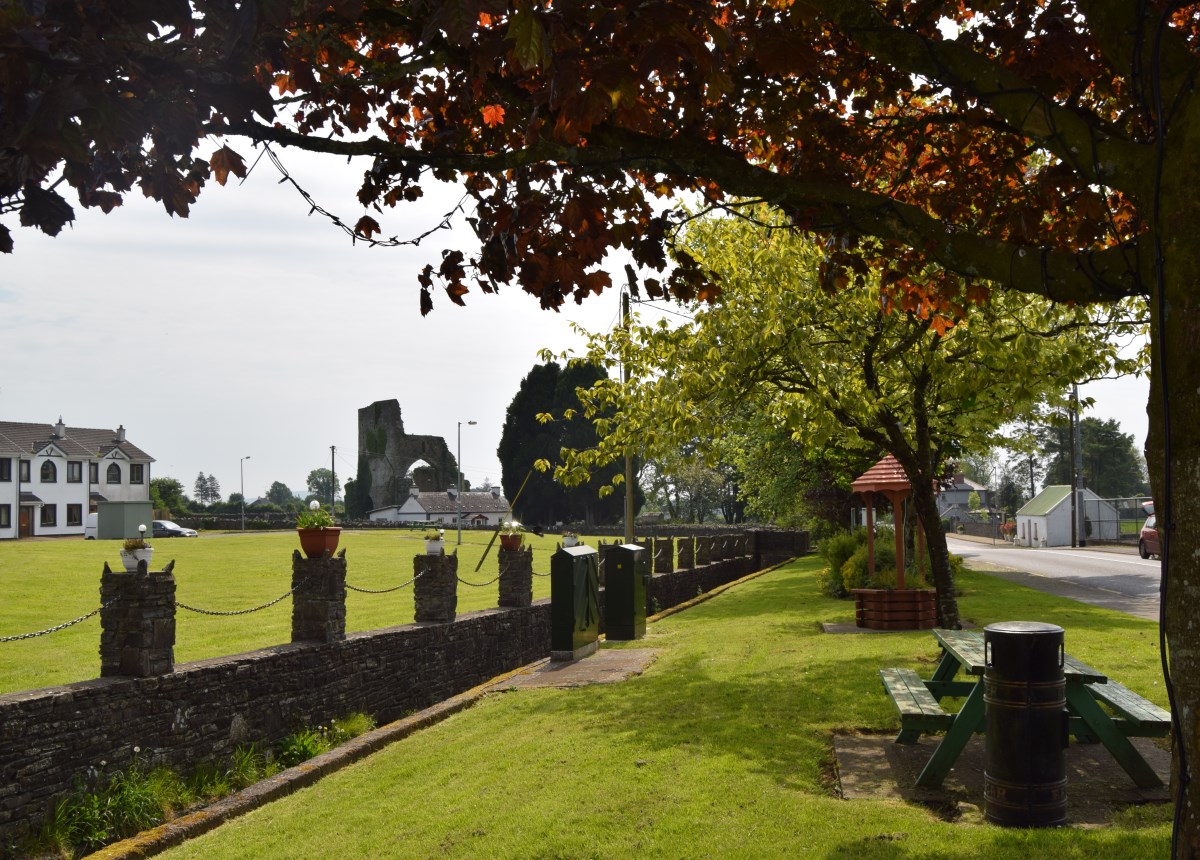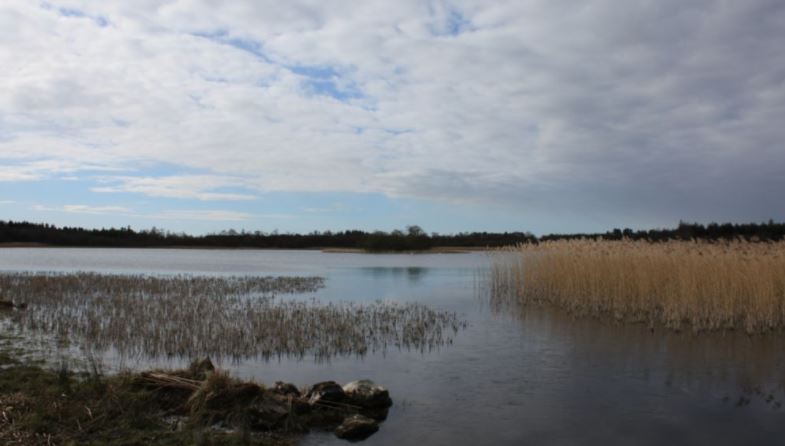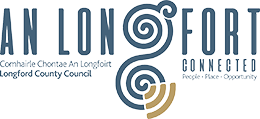Abbeylara
The village of Abbeylara is 5 kilometres from Granard town on the bus route to Dublin, 29 kilometres from Longford, 26 kilometres from Cavan and 40 kilometres from Mullingar. On approaching the village, the first thing that comes into sight is the ruin of a monastery. It is from this monastery that Abbeylara gets its name "Mainister Leathratha", which means Abbey of the half rath or little rath.
Abbeylara, the land of lakes and legend is an historical rural village with meandering streets leading to the surrounding fields and forest walks. It has great lakes nearby at Lough Kinale and Lough Derragh where locals and visitors can enjoy excellent fishing. Trout, tench, bream and pike are in plentiful supply. Each year the local angling clubs hold competitions on the lakes. Both the river and lake are navigable for small boats.
They are living in the 24 townlands, which make up the parish of Abbeylara. Due to government policy in 1967 many of the areas small schools were closed and a new central school, "St Bernards", was established near the church in the village.

Abbeylara History
There are few places in the County of Longford which possess such interest for students of ecclesiastical history as the neighborhood of Granard, in which was erected the great Abby of Lerha which became Abbeylara. Abbeylara or Mainistir Leathratha, means the abbey of the half rath, or little rath. It is told by the ancient annalists that one of the first places in Leinster which St. Patrick visited after visiting Tara, was the neighborhood of Granard, which at that time was one of the chief seats of the pagan worship which then prevailed in Ireland; for here was said to be the “hill of the sun,” or, in other words, the “Hill” from which worship was offered to the sun, moon, and stars. We may suppose then that St. Patrick, having heard of the fame of the place, made his way there to the people the history of the birth and death of our Lord Jesus Christ.
In 1205, Richard Tuite, an Anglo-Norman settler on conquered Irish land, founded an abbey in Lerha, for monks of the Cistercian order in honour of the Blessed Virgin. He brought several monks from Dublin and placed them in it, so that the abbey might not lack for priests until it would become a stable erection. Richard’s huge motte castle lies only two and a half miles away at Granard. About a hundred yards to the west of the abbey is a stream, the monastery’s water supply, which probably determined the choice of this particular site.
Although anglophile in origin, long before the dissolution of 1539-40 the abbey had lost its English affiliations and fallen under control of the O’Farrells, the dominant local family. All that remains of the abbey is the central tower and adjacent walls. The church had a regular crossing from the start and the creasing of the steeply pitched roofs which covered the nave, chancel and transepts is still to be seen.
The picturesque ruins of the crossing tower are the principal remnant of the medieval abbey.

Lough Kinale is the discovery site of the Lough Kinale Shrine found by locals in 1986. The shrine, a stunning piece of early Irish metalwork is dated to the 8th century AD. It was reconstructed and restored by The National Museum in Dublin where it is now on permanent display. The Mesolithic site at Lough Kinale is one of the oldest man made structures in Co Longford, and is dated between 5000 -4000BC. Derragh Lough is the site of a Crannóg dated to approx. 1000AD. Both sites, as well as nearby Ballywillan Crannóg have given up treasures now housed in the National Museum of Ireland. The Lough Kinale Shrine, chalice and other ecclesiastical objects date to the 6th,7th, 8th and early 9th and indicate that these sites were of an important ecclesiastical nature.
Things to Do & See
Handball
The village also boasts a newly renovated handball alley, which has become a meeting point in the village. It also has revived an interest in the game of handball. The handball alley was built in 1924 by local people. The alley is a central meeting place for young and old and local handball competitions are still organised today.
Fishing & Boating
Derragh Lake and the River Inny are well noted as fishing areas. Trout, tench, bream and pike are in plentiful supply. The local angling clubs frequently hold competitions. A good day’s fishing is practically guaranteed. The river and lake are also navigable for small boats to facilitate the expected anglers. The Abbeylara area is well supplied with hotels and guesthouses.



